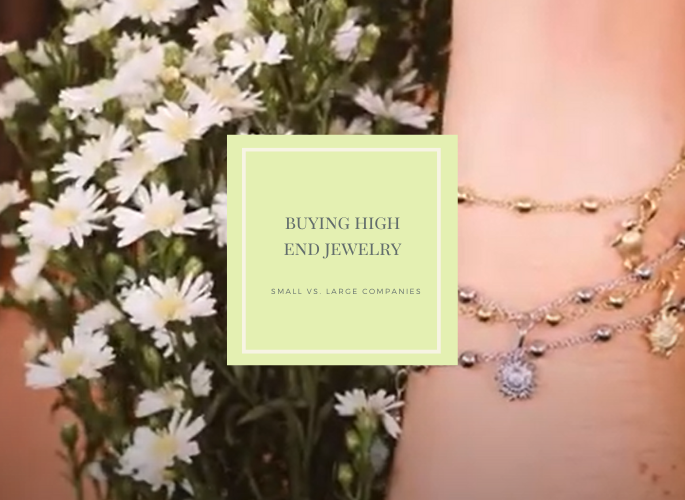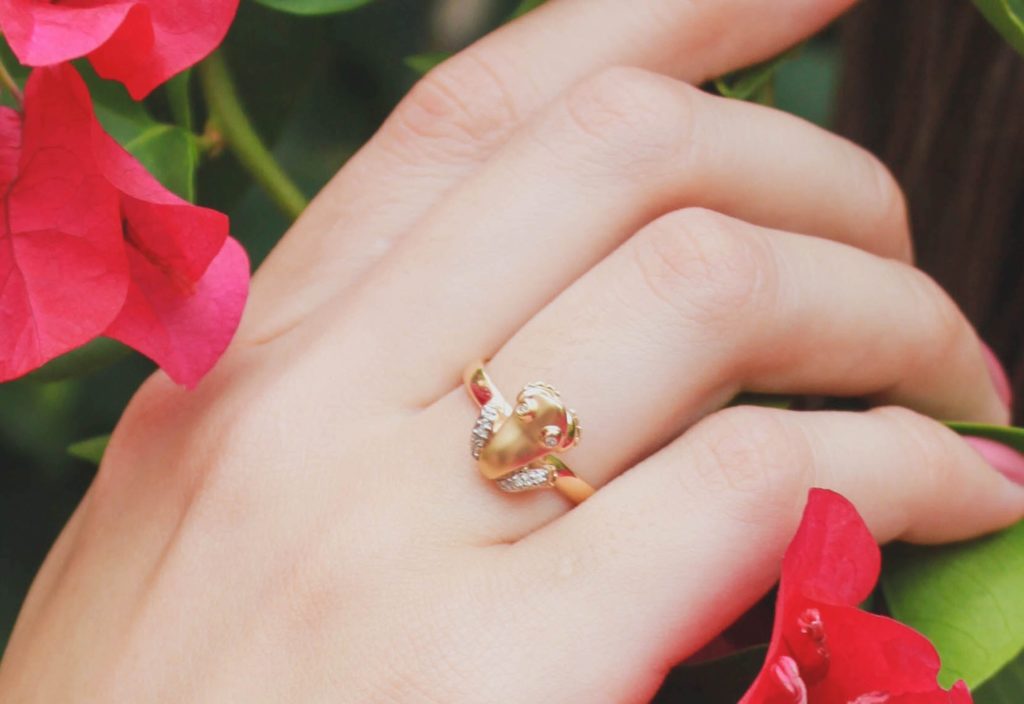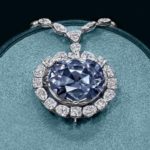As a small jewelry business owner, I often find there are many misconceptions about how very high-end jewelry businesses work. Many clients put as their top priority that they purchase pieces that are made where the exclusive brand is from. This is a fair assessment because the goal is to support every aspect of a local business model from the point of manufacturing all the way to wrapping the piece in a beautiful bag and leaving the store.
Now, my argument is that this concept must become flexible and more nuanced depending on the brand, place, and items you are interested in purchasing. Below are things to think about when understanding what is important when purchasing from your local businesses and how their operations may compare to large manufacturers like Tiffany & Co.
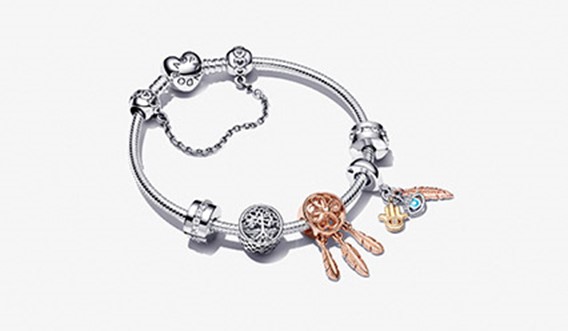
1) Long-standing, multi-million dollar brands can afford in-house manufacturing
Did you know Tiffany & Co. manufactures over 70% of their jewelry in the US with some remnants of production and assembly in the Dominican Republic? Pandora, currently the Copenhagen-based, largest jewelry retailer in the world, manufactures most of its pieces in Thailand. I write this because both brands have been able to slowly transition into a type of hybrid, jewelry-making model where they make use of both in-house and outsourcing methods.
Shifting to an in-house manufacturing team is more attainable for larger businesses
When you grow as a business, meaning you have a surplus of resources, making market shifts like this are accessible. This is no different from large companies growing relentlessly and, with enough resources, can start to change to more sustainable practices. With a growing demand from clients wanting the brand to match the making, big brands have changed outsourcing practices and invested in in-house manufacturing.
Investing in in-house infrastructure can drive up the prices of jewelry
Now, another important detail is that markups for brands’ designer jewelry will inevitably be higher. Investments in local factories, machinery, technology, and employees (among other factors) drive up prices. There is a difference between producing one limited edition collection and needing to mass-produce your most popular items to distribute around the world at different locations. First, the craftsmanship of a talented designer producing limited items can drive up the price. For the second, the sheer number of components needed to produce and distribute locally-made, high-demand items drive up prices. Furthermore, and in the most obvious sense, high-end brands design in precious metals and gems, which inherently spike prices.

It’s not uncommon for large high-end jewelry brands to use a mix of outsourced and in-house manufacturing
Lastly in this section, even some of the most high-end luxury brands such as Buccellati, Graff, Cartier, Chopard, Bvlgari, etc. have a mix of outsourced and in-house jewelry making. Important to note is that most that have done in-house since their inception are companies founded during a time of a machinery revolution in Europe, where factories and companies were burgeoning. Buccellati was founded in 1919 and still makes its jewelry in Italy. Cartier in 1847, Bvlgari in 1884, and both produce their jewelry in Switzerland (partial ownership) and Italy, respectively. Graff, on the other hand, founded during the 1960s, has their jewelry production in Botswana, since its hallmark is exquisite diamond-finished jewelry.
2) If some multi-million dollar brands still outsource their production, why would it be different for medium-smaller businesses?
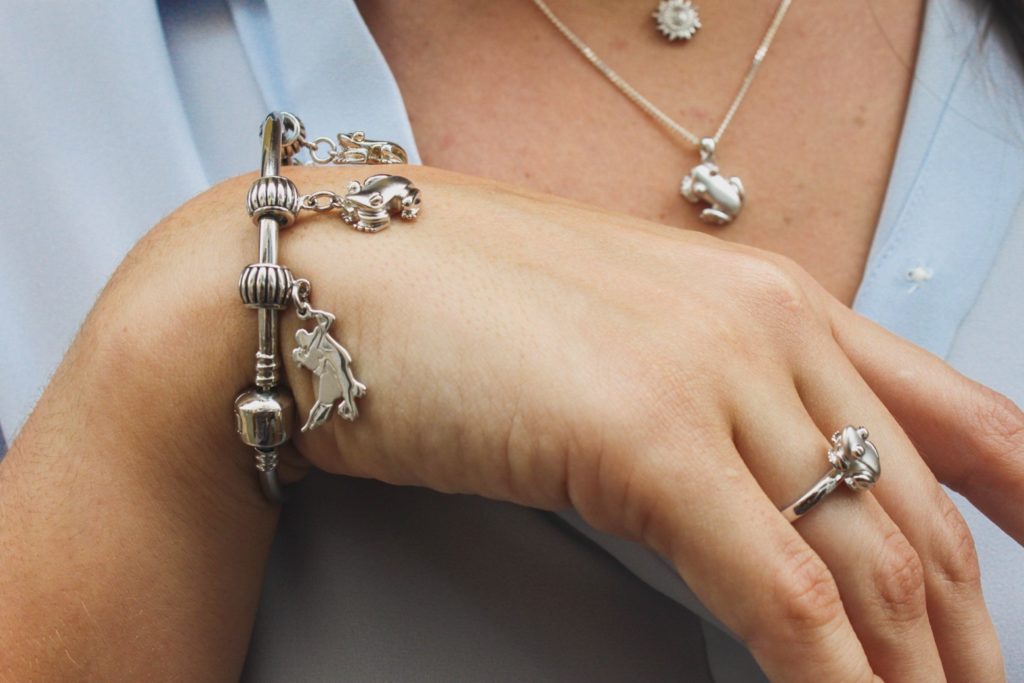
And here I arrive at the crux of my argument, for medium-small jewelry businesses (like my brand, Coquí el Original®) to produce hundreds of identical replicas of the most high-demand items for clients, it is nearly impossible to locally produce these items. And, alas, what clients forgive with long-standing, luxury brands they are not forgiving with small, local businesses that cannot afford to produce their designs in-house.
Unless creating one-of-a-kind artisanal jewelry, it is hard to make jewelry in-house at larger scales (and larger could simply mean more than one!)
The logistics and technology of mass-producing locally-designed jewelry in precious metals and gems are nearly impossible. Of course, there are designers that create fine jewelry in limited collections, or artisanal artists that design and craft in wood, silver, and other materials, but that nonetheless come to the same fate: the impossibility to create the same, exact piece to sell, for example, 100 in a month.
There is no machinery, there is no labor capacity to create that quantity. Moreover, the wish is always to be able to produce in-house, but as a small business, how? Who will fund to create a factory, to create technological instruments to finish the items as clients expect it: impeccable and identical every time. With this argument being said, it baffles me when clients completely discredit small jewelry businesses out of sheer ignorance of what a local, mass-production process entails: money and more money to invest. Clients enjoy traveling and purchasing from Pandora locations around the world, but are outraged to learn we outsource production of our designs. It is simply an unrealistic and unfair expectation.

3) What to expect when shopping for high-end jewelry (and jewelry in general) in Puerto Rico
– Stores that resell other luxury brands. In Old San Juan, these are experienced jewelers that are also certified for selling luxury jewelry like Kury for Rolex watches, Adrian Nuñez for designer wedding rings (e.g. Scott Kay), and Tino Catalá for Pearls from Mallorca.
– Brands with stores in Puerto Rico such as Cartier, in the Condado area, Breitling in Old San Juan, and Bvlgari in Mall of San Juan.
– Locally-designed and locally-registered brand name and design stores such as Coquí el Original® which focuses on items in sterling silver .925 and solid 14k gold with diamond details.
– Local, high-end stores that promote national and international jewelry designers and their seasonal collections such as Lido Jewelers and Letrán Jewelers in Mall of San Juan.
– High craftsmanship from artisans that create gorgeous and unique pieces found in local stores like Mundo Taíno and Puerto Rico Arts and Crafts.
4) Final thoughts: Shopping and supporting local high end companies doesn’t always mean the manufacturing has to be done in house, especially when all other components of the company are rooted locally
To conclude, if you truly value locally-made jewelry, your options tend to be either artisanal work or limited collections from designers that create their seasonal items. If luxury and high-end jewelry is your preference, you may be more inclined to be brand-loyal, whether they produce in-house or outsource their designs.
Therefore, when traveling, I challenge you to think of all these concepts and what, at the crux, you value more. Locally-made, locally-designed, local brand, materials, purchasing one unique item or purchasing 10 pieces to give mementos to your family on your return.
At the end of the day, jewelry is a luxury and not a necessity, it boils down to this simple concept: if you like it, want it, and are able to, you’ll buy it.
Daniela Barquet is the 4th generation owner of her family's jewelry store located in Old San Juan, Puerto Rico since 1965. The business tradition was started by her great-grandfather, Issac Barquet, in 1920. Daniela graduated from Boston University with a Bachelor's in the History of Art and Architecture and a Minor in Italian Studies. Daniela continues to grow under the mentorship of her father, Natalio Barquet Perez, who is a renowned, certified jeweler in Puerto Rico.

